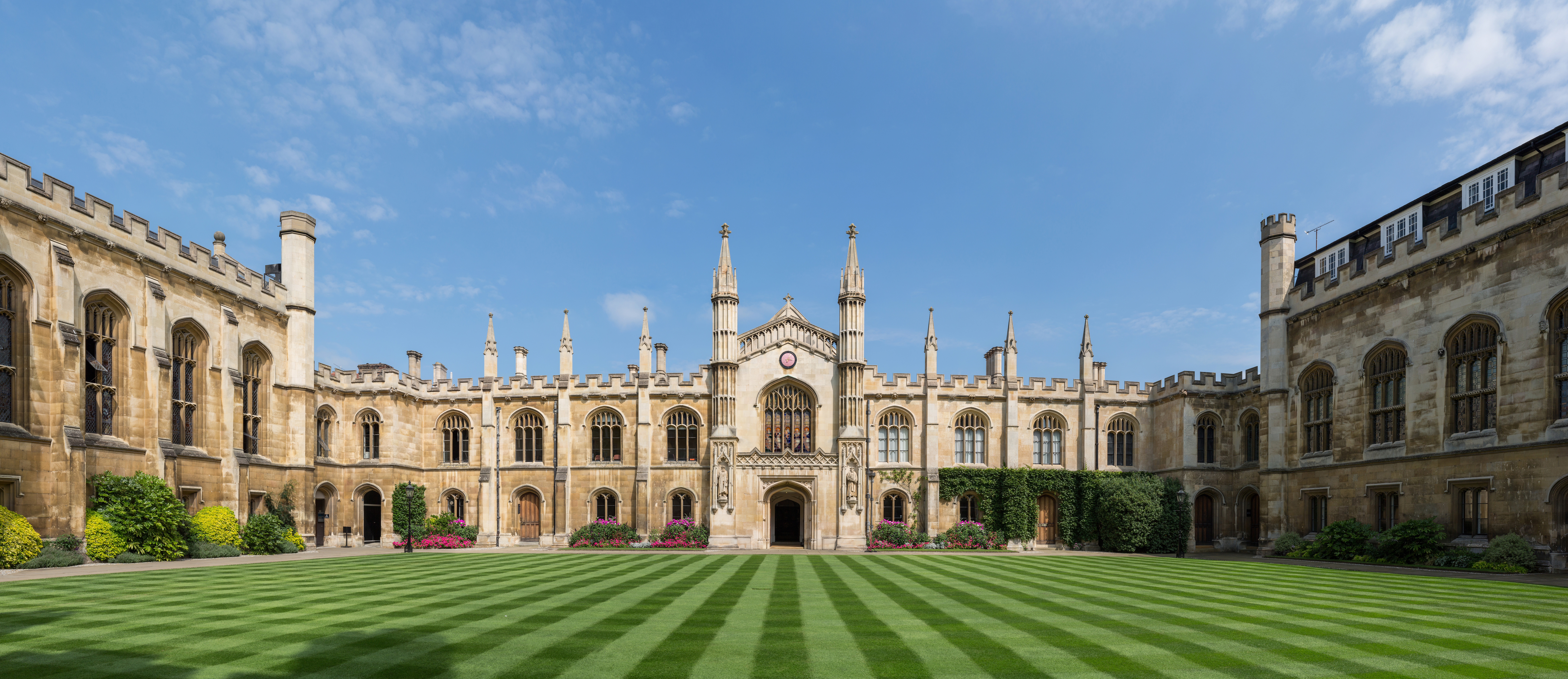Dive Brief:
- New data shows that students from underrepresented groups at colleges continue to be left out at higher rates than their peers.
- From two groups that advocate for college access, the report compiled data on various topics, including which colleges students attend, whether their financial needs are met, and which groups are more likely to finish a credential.
- Although the report tracks data mainly through 2018-19, the pandemic’s uneven impact is expected to exacerbate the disparities identified.
Dive Insight:
Bachelor’s degree attainment in the U.S. continues to grow. Still, the researchers point to “persisting inequality” that sees high shares of students of color and low-income and nontraditional students attending lower-spending or less-competitive institutions.
The report’s authors — the Pell Institute for the Study of Opportunity in Higher Education and the Alliance for Higher Education and Democracy — show how these trends play out in several ways.
The share of Pell Grant recipients attending schools in the two quintiles that spend the least on education grew by several percentage points in the last two decades, while those in higher-spending brackets shrank.
Based on data from the latest cohort, nearly half of American Indian/Alaska Native high school graduates and more than 30% of their Black and Hispanic peers were classified as “not enrolled” or “missing” from colleges the fall after graduation.

Students from those groups that year were the least likely to be enrolled at the most highly or moderately competitive four-year schools.
The researchers flagged factors such as being enrolled part-time and working more than 35 hours per week as characteristics that increased this risk. Nontraditional students were also more likely to receive Pell Grants and have higher levels of unmet financial need. (The report uses the U.S. Department of Education’s definition of independent students to classify this group.) Nontraditional students, meanwhile, were far less likely to finish a credential in six years than their peers.
The pandemic threatens to exacerbate these disparities further. Of students ages 16 to 24, unemployment rose for Black, Asian, and Hispanic students at more than double the rate for White students. The pandemic’s health impact was also more severe on these groups and Indigenous populations.
Colleges have taken steps to attract students during the pandemic, including free classes and increased financial aid. But undergraduate enrollment, particularly at public two-year colleges, continued to lag year-ago levels into the spring. The crisis has presented many challenges that could hold people back from enrolling, including new childcare responsibilities and a lack of access to on-campus resources because of coronavirus-related closures.
These decreases also show the pandemic’s disproportionate impact. The latest data shows that community colleges and those the report classifies as noncompetitive or less competitive enroll larger shares of low-income students than more selective schools.
